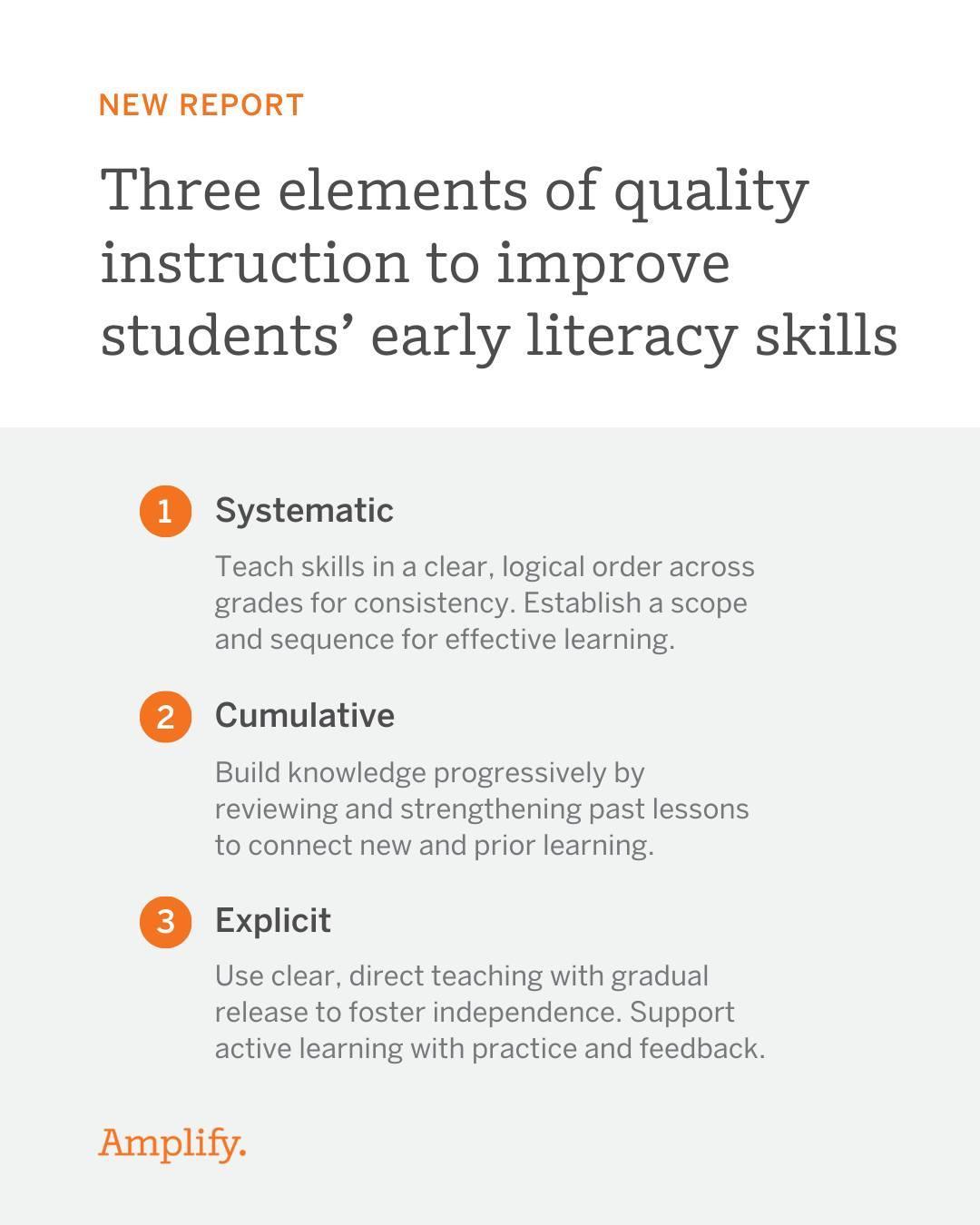While this year’s kindergarten class has bounced back to pre-pandemic literacy readiness levels, new data shows the overall pace of early reading progress across the United States remains slow. Only 56% of K–2 students are currently on track to learn how to read, and 29% are significantly behind, according to a new research brief released by Amplify, a leader in curriculum and assessment tools.
The findings, based on middle-of-the-school-year literacy data, offer a mixed picture for educators and policymakers. On the one hand, the improvement among the youngest learners suggests that targeted interventions and foundational reading instruction may be working. On the other hand, the broader stagnation in literacy growth highlights ongoing challenges in helping all students reach proficiency.
“The return of our youngest students to pre-pandemic reading levels is encouraging—but that said, broad literacy trends in the United States are still concerning,” said Susan Lambert, Amplify’s Chief Academic Officer for Elementary Humanities. “This is a moment to celebrate, but also a call to action.”
The report emphasizes the critical role of progress monitoring—identifying students who are struggling, delivering tailored instruction, and tracking outcomes throughout the year. By using tools like middle-of-year data, schools can make timely instructional adjustments rather than waiting until the end of the academic year.
Amplify recommends that schools and districts take a strategic approach to the data by analyzing it at the classroom, grade, and school level. Key next steps include ensuring all students receive instruction rooted in the Science of Reading, developing intervention plans for students who are behind, allocating resources effectively, and continuously monitoring student progress.
With 15 million students currently served by Amplify programs worldwide, the company says it is committed to providing educators with the tools and insights needed to support every student’s learning journey.

